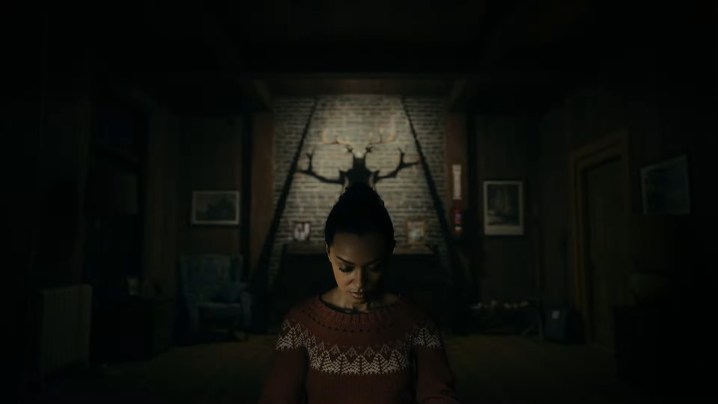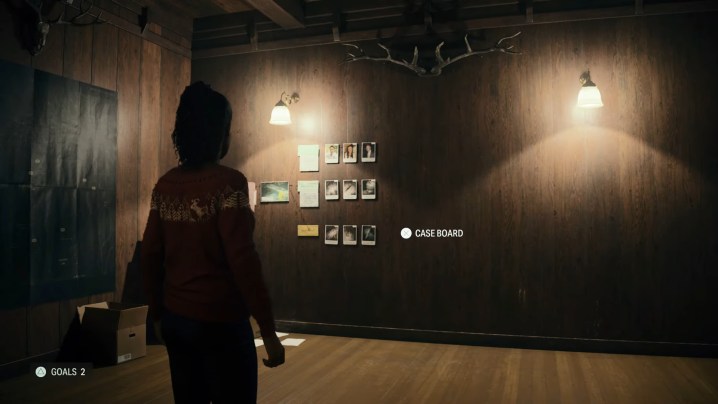Among all the marketing materials and features showcased leading up to Alan Wake Up 2 release, nothing makes me more excited to return to Bright Falls than The Mind Place. More than a focus on survival horror, a blend of live-action and in-game cinematics, or simply concluding a story I started over a decade ago, the idea of a metaphorical space in which I — or rather Saga Anderson’s FBI agent — could visualize and craft the clues I pieced together to piece together the magical dark mystery presented most captivated my imagination.
What we ended up getting didn’t live up to my expectations. Created as a smart room where players can collect cases of in-game driving occultism, the room doesn’t leave as much room for intelligent deduction as I would have hoped. Because the potential of this space must be increased Alan Wake Up 2 in terms of both narrative and gameplay, this felt like a missed opportunity during my playthrough that only served to slow down the sequel’s strong momentum.
Not Real Detective
Enter Alan Wake Up 2 and the bold decision to introduce a second main character in Anderson’s Saga alongside the titular author. Considering this was a deliberate creative decision, as well as creating a completely new mechanic in Mind Place specifically for the Saga and its investigations, I have high hopes that Remedy has found a new and interesting way to engage players in solving the game’s problems. Mystery. The initial impression is seeing a large cork board with the clues strung together makes me eager to experiment with how I can lay out evidence, draw connections, and make tentative conclusions until I get new information that will completely reshape my extensive notes.

The reality of Mind Place is less interesting. I’m not an active participant in solving a mystery, but just watching others piece it together. Clues can only be placed in certain places, with no room for players to guess where they are. If players get a clue related to a storyline that Saga doesn’t already have, they are not allowed to place it at all until the time is right.
What makes it even more boring is how clearly the game places these clues. It felt like I was given a handful of blocks and asked to fit them into a square hole to continue. There’s no subtraction required here and not much satisfaction with sticking the clues in the right place. This is a normal plot codex in the game menu but requires more work to assemble.
It also doesn’t help that the case board is messy and uncomfortable to control on the PS5. The zoom level feels too narrow or far away, the pan directions are slippery, and the cursor can easily get lost off-screen. Rather than being a useful way to get a good overview of the case, it’s difficult to read without struggling to zoom in and out of each section scattered across the walls.

Cutting is the worst offender in my eyes. At some point, the game will stop and ask you to make a deduction before you can continue the storyline. When this happens, you are forced to go into Mind Place and “do” the deduction. I say “performance” because no actual interaction or input from the player is required. All you do is choose the only option available, Saga magically intuits some important information, and then the game allows you to move forward. It’s an unnecessary chore and a slow pace that doesn’t make me feel like a detective.
The Mind Place is a noble concept and I applaud Remedy for coming up with a creative way to put players in the middle of a mystery that would otherwise be told through dialogue or static logs. It never reaches its potential as a detective system. I wanted so badly to piece together the mysteries of Bright Falls for myself, but Mind Place ensured I’d never be one step ahead of the story.
Alan Wake Up 2 is out now on PS5, Xbox Series X/S, and PC.
Editor’s Recommendations